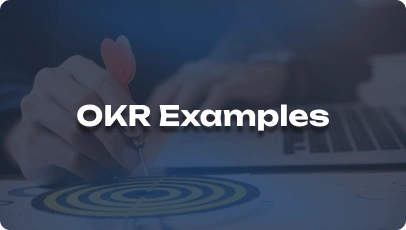Grab a chance to avail 6 Months of Performance Module for FREE
Book a free demo session & learn more about it!
-
Will customized solution for your needs
-
Empowering users with user-friendly features
-
Driving success across diverse industries, everywhere.
Grab a chance to avail 6 Months of Performance Module for FREE
Book a free demo session & learn more about it!
Streamline Your HR Operations Today!
Get Started with Superworks – The Smart HRMS Solution Trusted by Industry Leaders.

Optimize Workforce Management
Automate Payroll & Compliance
Enhance Employee Engagement
Job Descriptions / Process Lead Job Description



